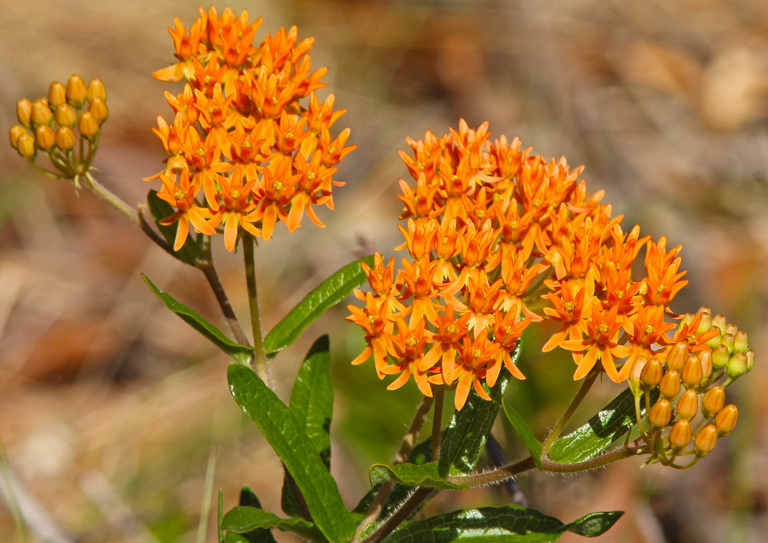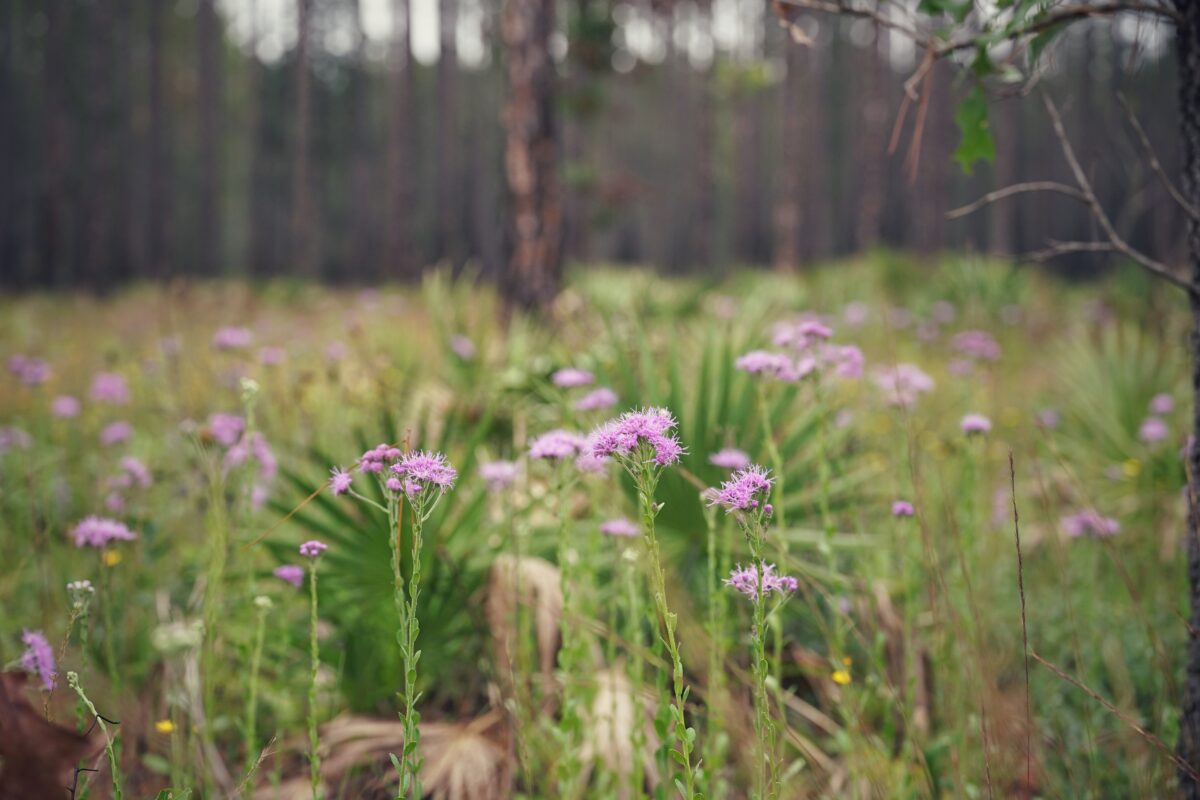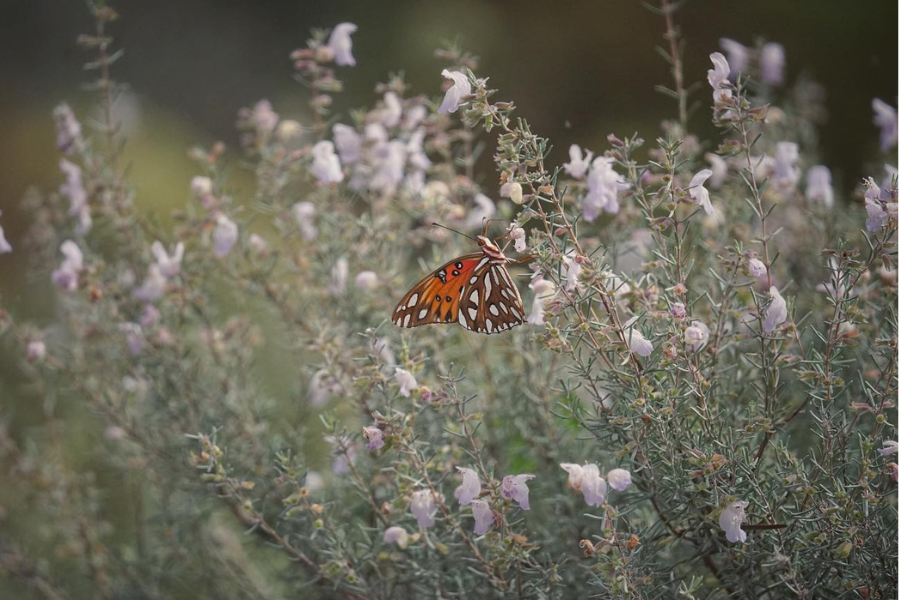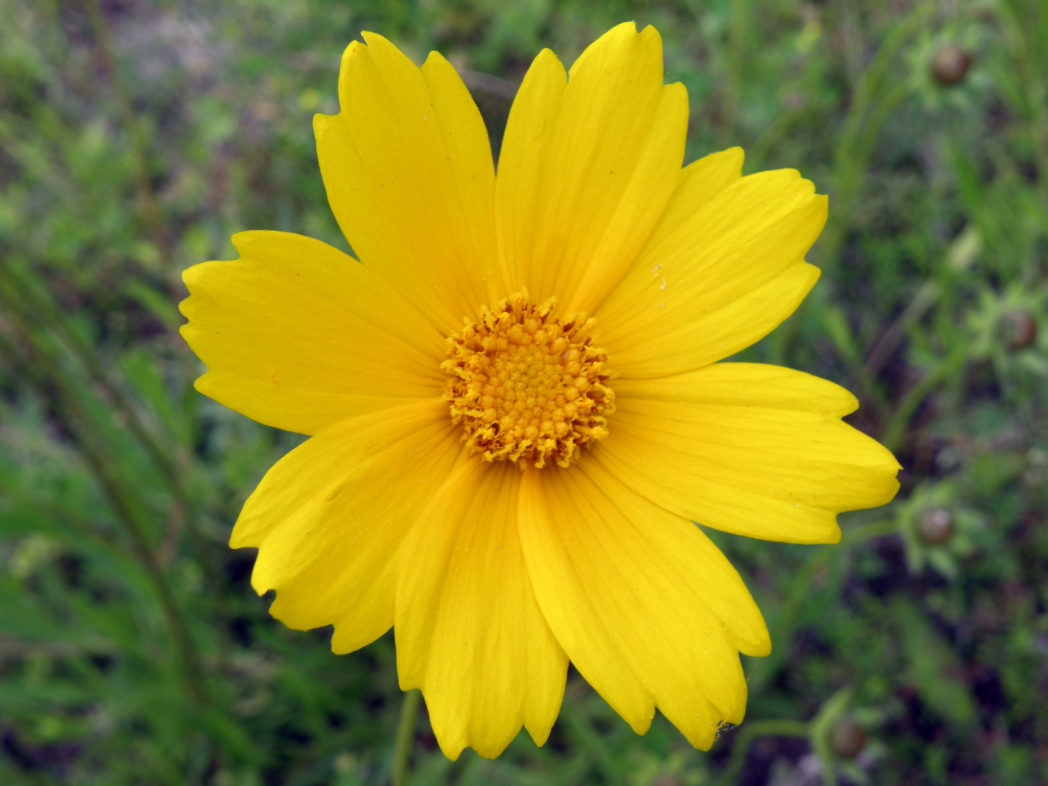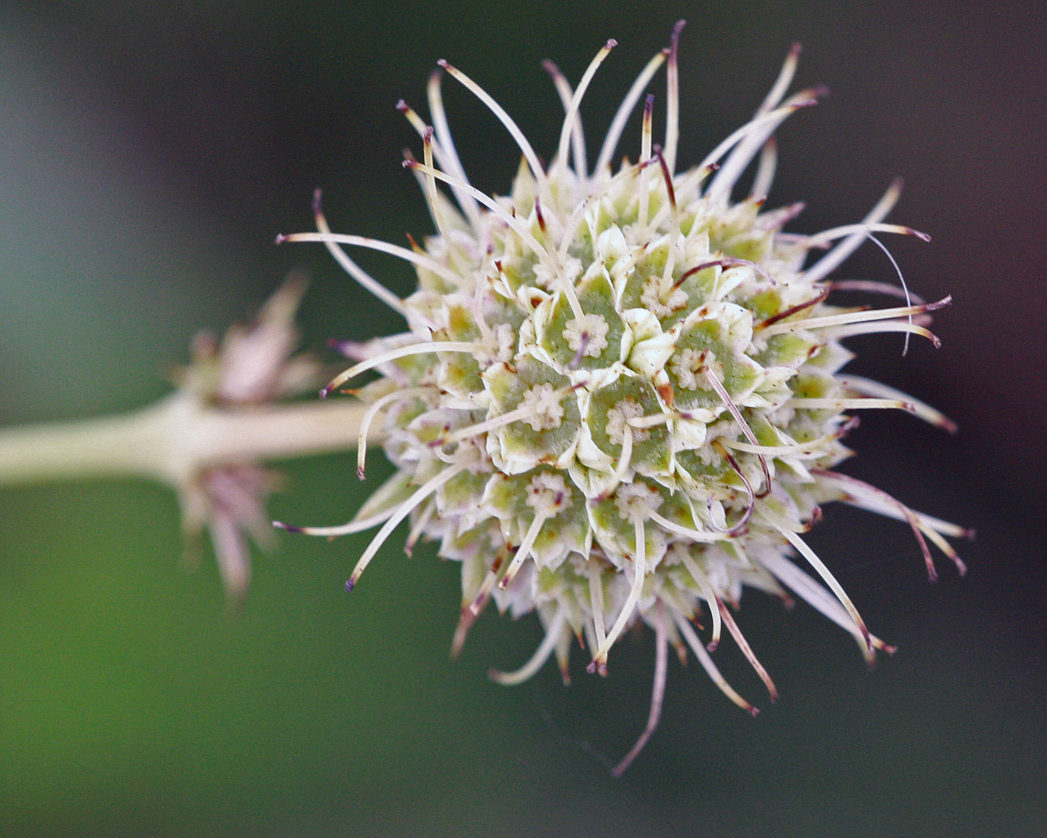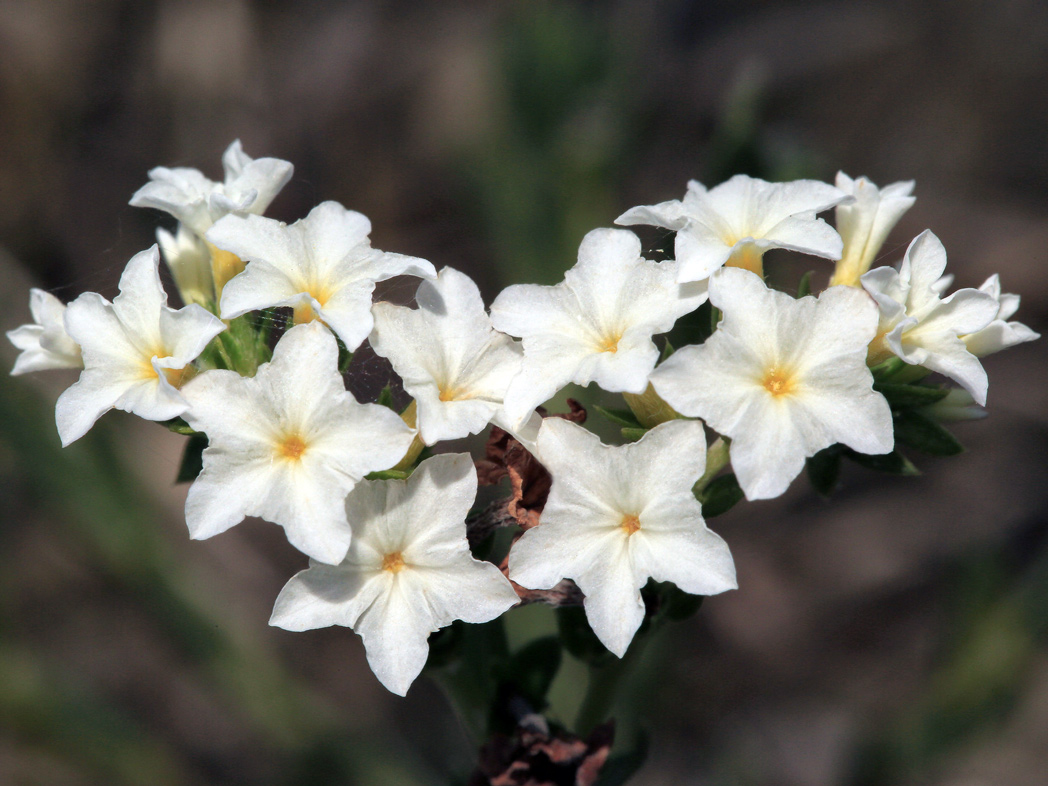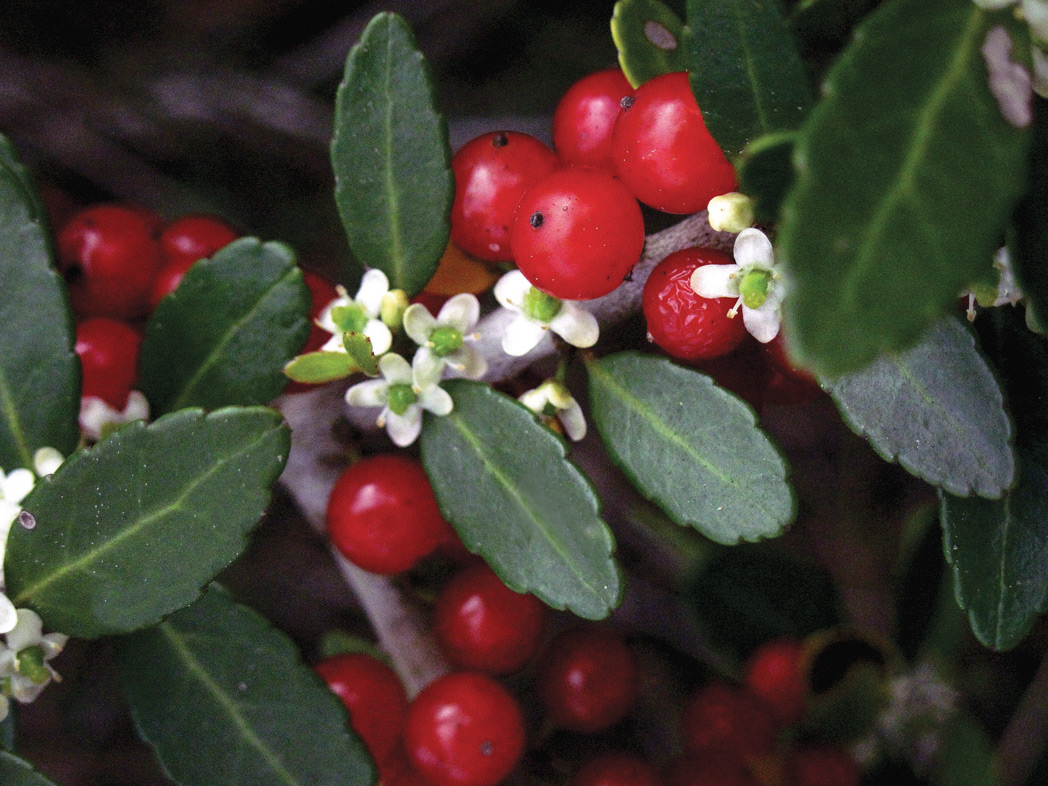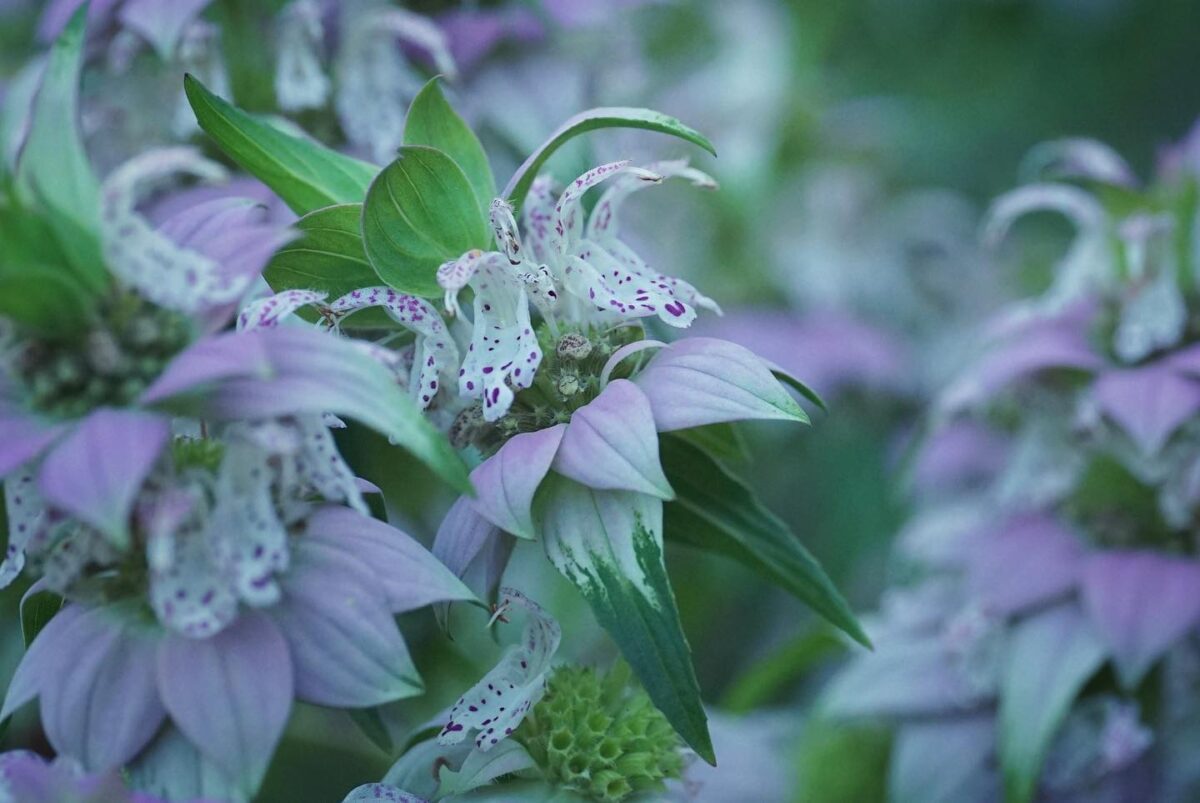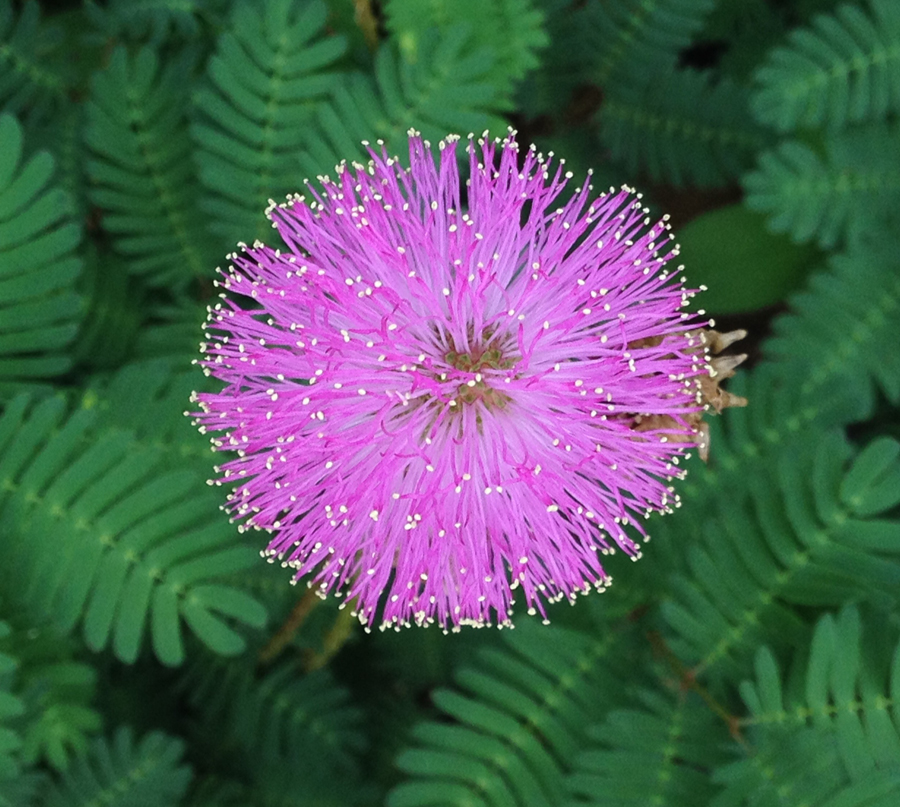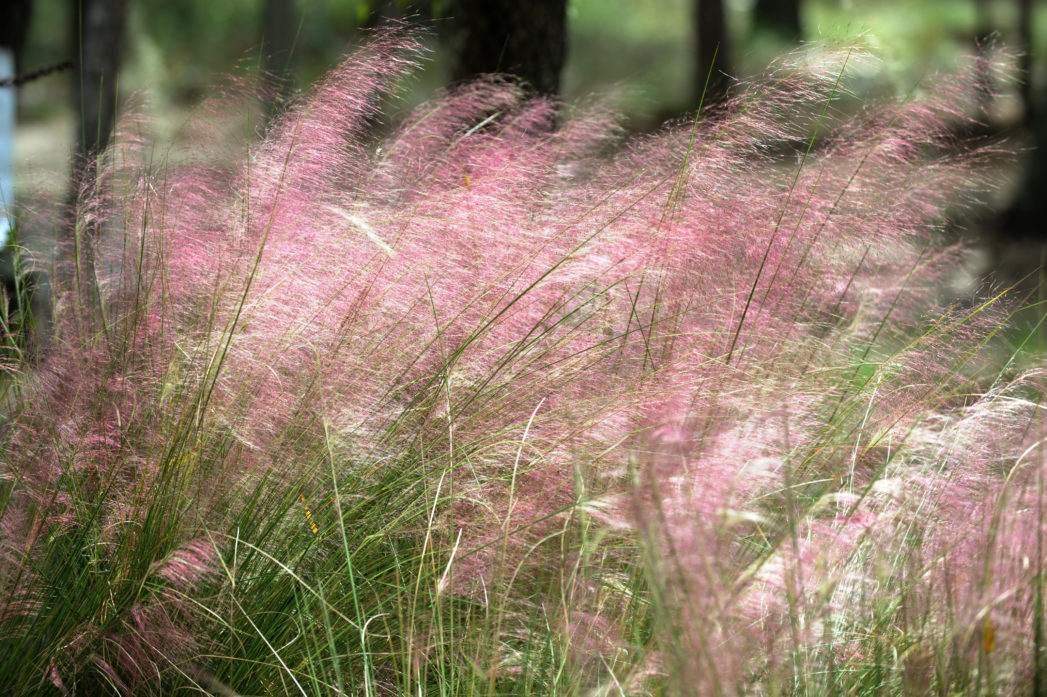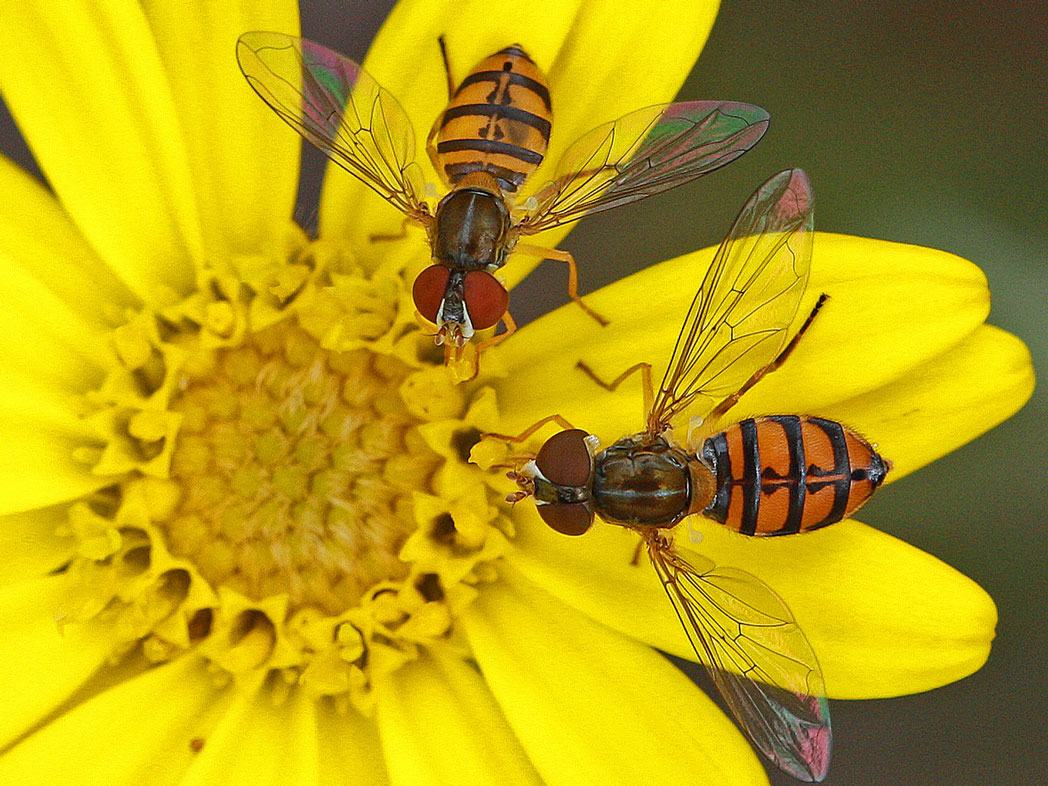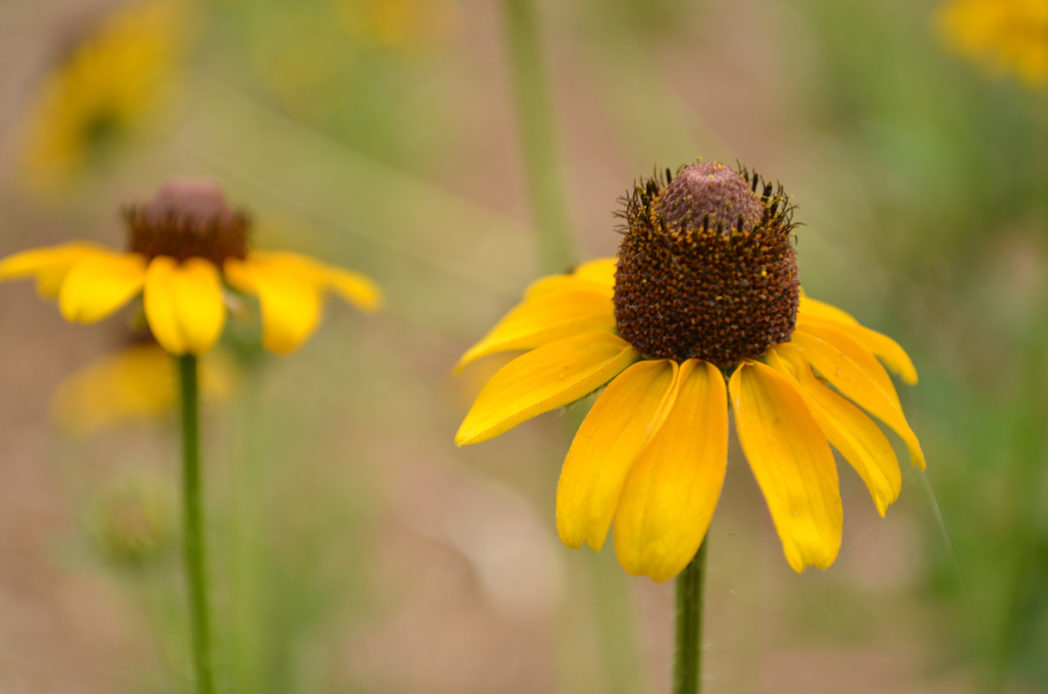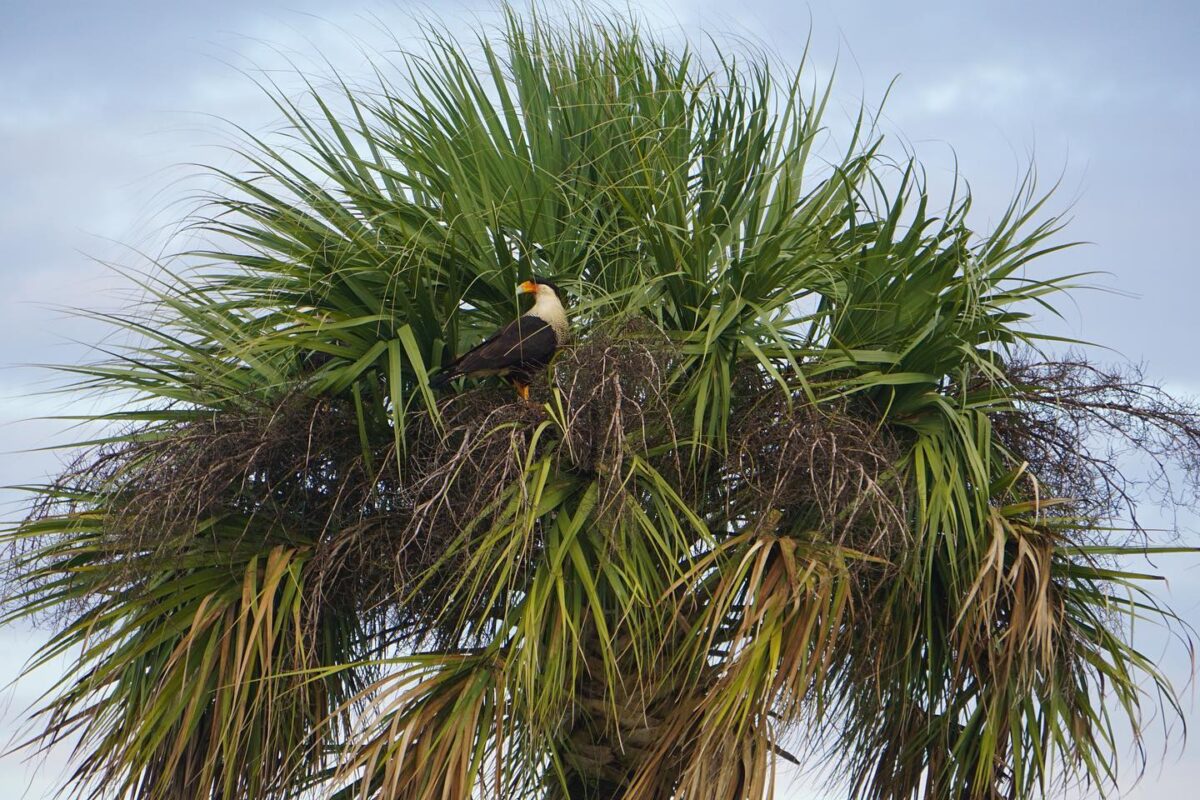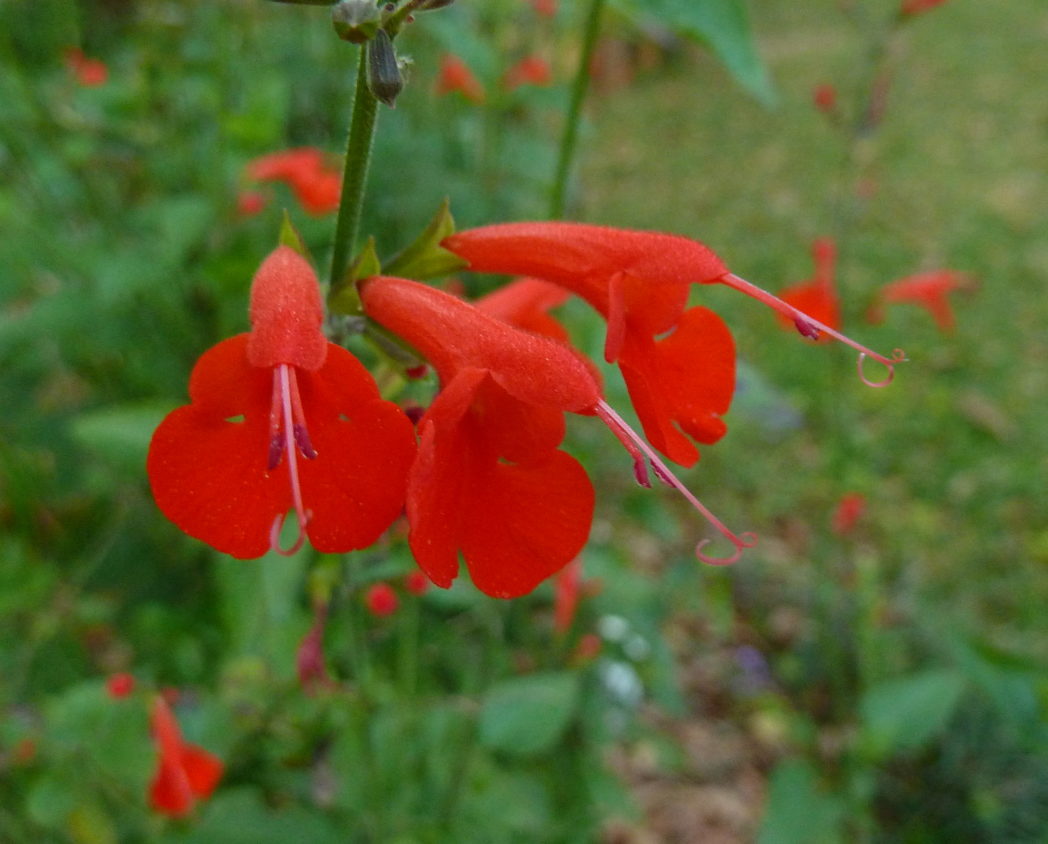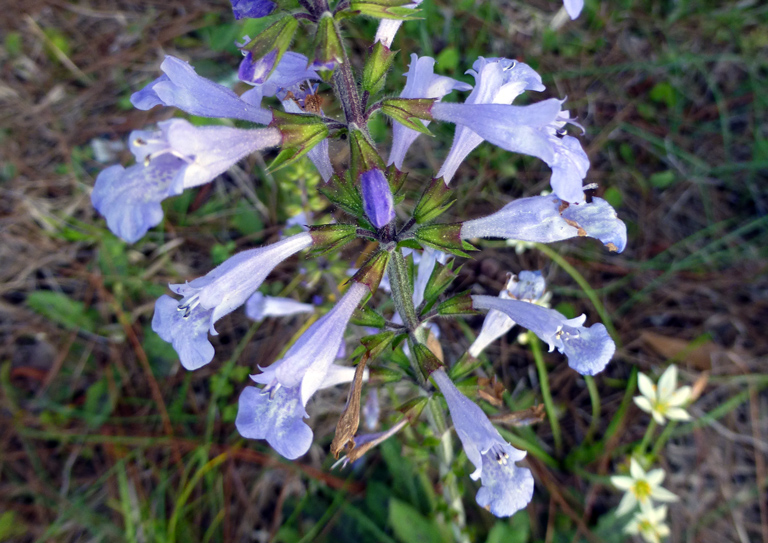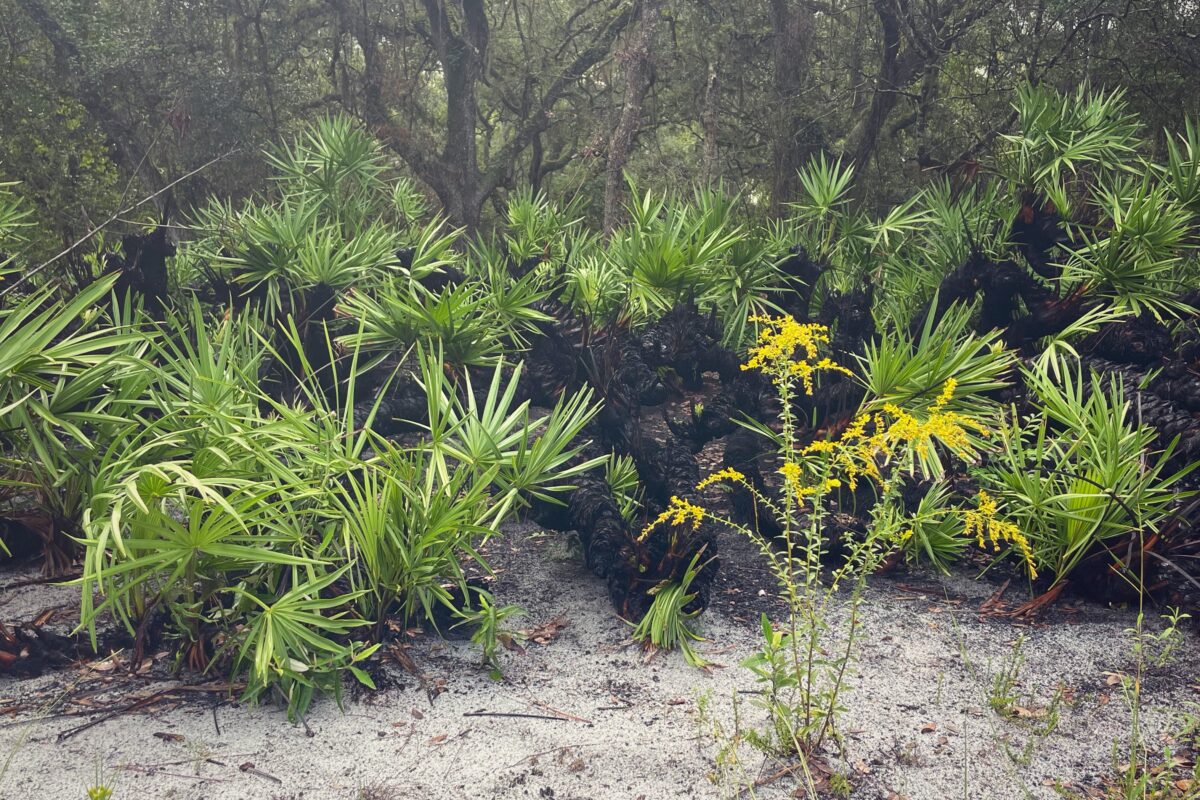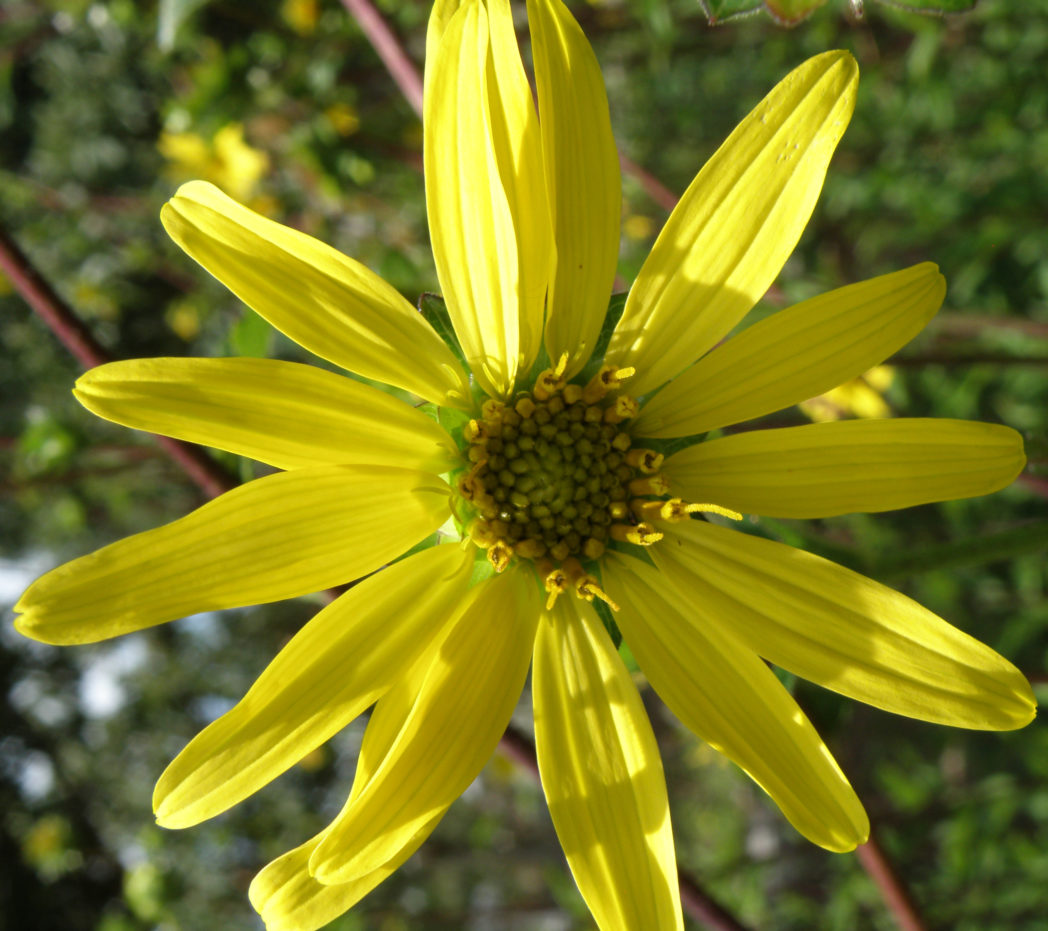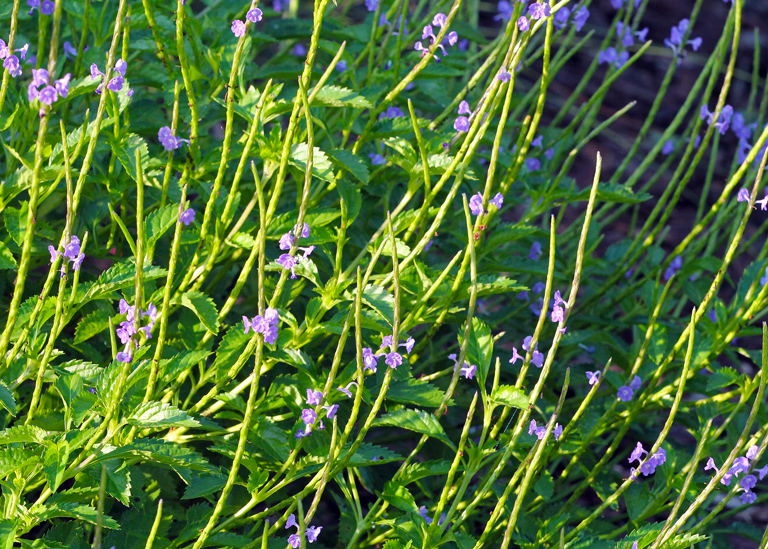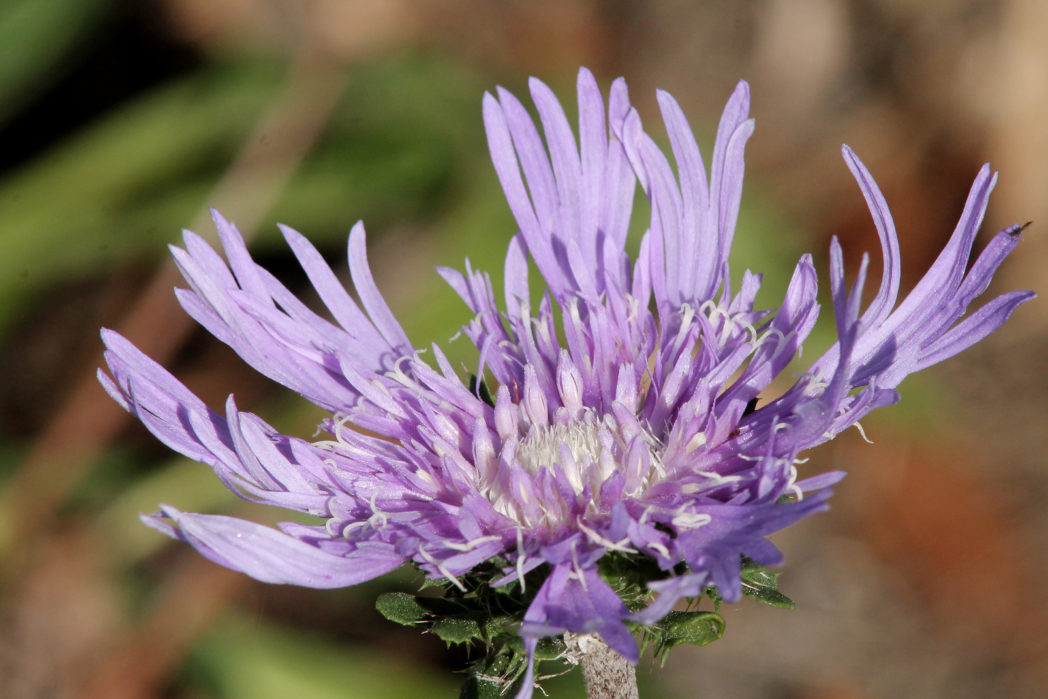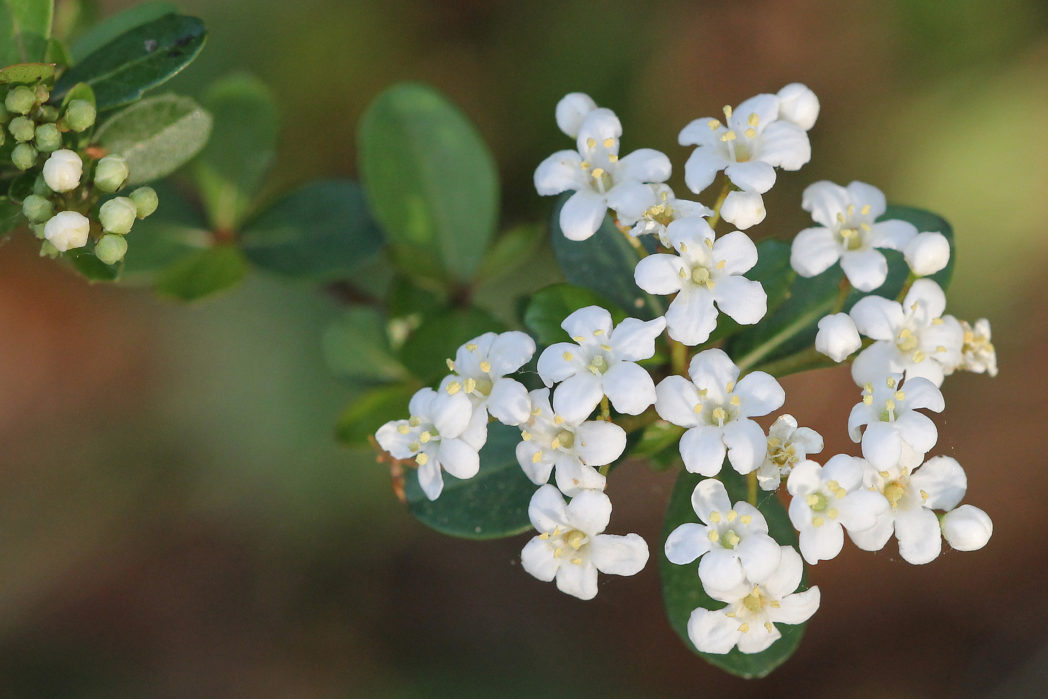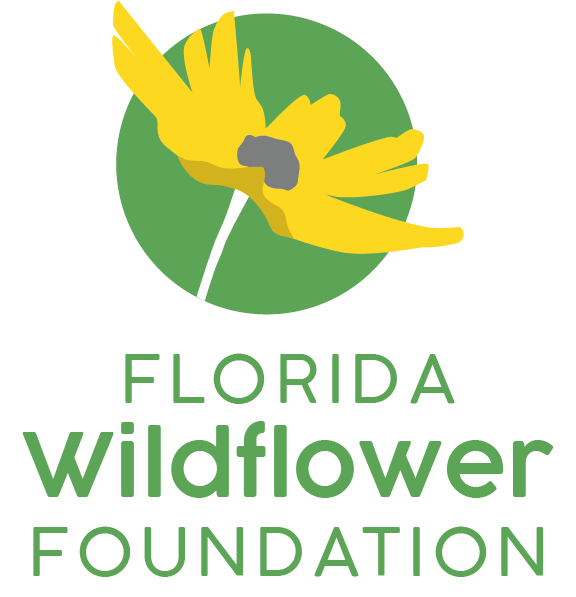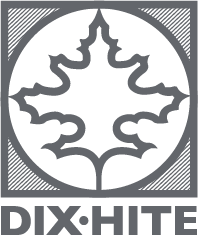Longwood Native Plant Garden
This demonstration garden utilizes Florida native wildflowers, grasses and shrubs. They provide vital habitat for bees, butterflies and other beneficial insects, as well as seeds, berries and insects for birds.
DID YOU KNOW? Florida native plants are adapted to thrive in our climate, conditions and soil. They need less water than other plants, and require no fertilizers, pesticides or other chemicals. This saves precious water resources and keeps excess nutrients from polluting lakes, rivers and streams.
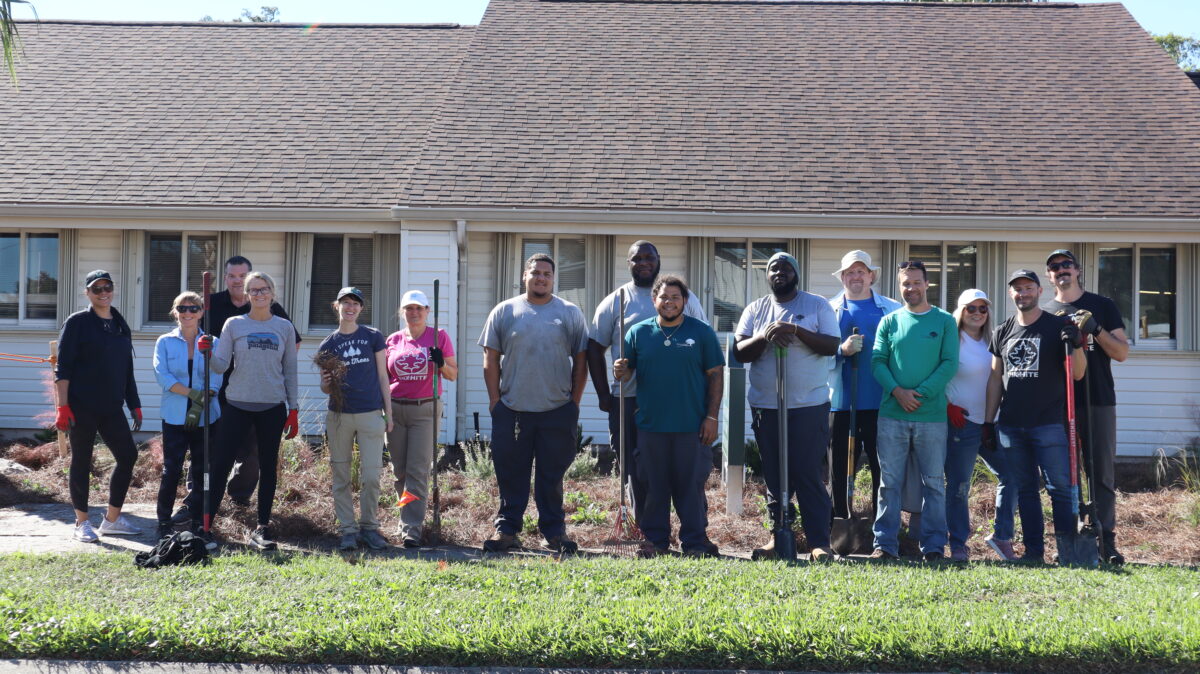
The following native species were planted in the Longwood garden:
Butterflyweed
Florida paintbrush
False rosemary
Lanceleaf tickseed
Button rattlesnakemaster
Pineland heliotrope
Yaupon holly
Spotted beebalm
Sunshine mimosa
Muhlygrass
Narrowleaf silkgrass
Black-eyed Susan
Sabal palm
Tropical sage
Lyreleaf sage
Saw palmetto
Starry rosinweed
Blue porterweed
Stokes’ aster
Walter’s viburnum
POLLINATORS NEED YOUR HELP!
Help Florida’s wildlife and environment by using native wildflowers and plants in your landscape. Click here to learn more information on planting, selecting and maintaining native plants, or check out these resources:
- 20 Easy-to-Grow Wildflowers
- Guide for Choosing Native Plants
- Attracting Birds with Florida Native Wildflowers
- Attracting Bees and Other Beneficial Insects with Florida Native Wildflowers
- Attracting Butterflies with Florida Native Wildflowers
- Great Wildflowers for Dry Landscapes
- Great Wildflowers for Shade
- Aquatic Wildflowers for Pollinators
- Create a Pollinator Pot
The garden was made possible by the Florida Wildflower Foundation in partnership with Dix.Hite+Partners and the City of Longwood. For more information, visit LongwoodFL.org.

